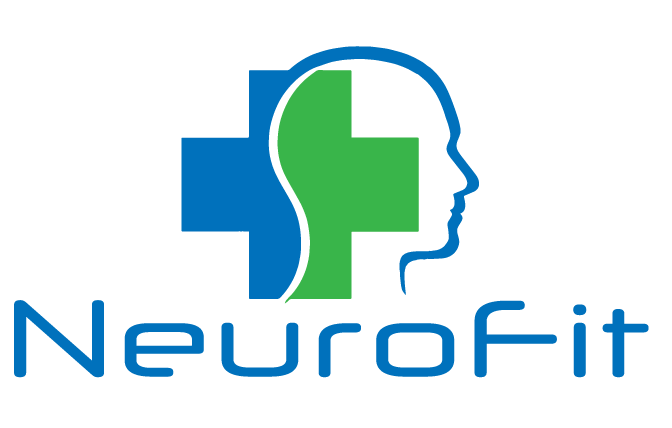Helping people learn to calm themselves is by far the most effective solution for anxiety, and gives sufferers hope as they take control of their lives.
Neurofeedback is one of the quickest and most efficient ways to teach people how to help themselves. Brain training has been used for many years with proven results. Learning this life skill can decrease dependence on medications, and improve quality of life by teaching the brain to make healthier patterns on a more consistent basis so anxiety responses are avoided and a calmer brain stays more in control.
Anxiety disorder has been associated with increased beta activity (Isotani et al., 2001; Pavlenko et al., 2009), decreased alpha activity in occipital brain regions (Pavlenko et al., 2009) and increased alpha activity in right fronto−lateral brain regions (Davidson et al., 2000). Research on the effectiveness of neurofeedback for treating anxiety disorder suggests that increasing alpha activity may have anxiolytic effects (Hardt & Kamiya, 1978; Wang et al., 2014; but see: Plotkon and Rice; 1981). However, large well−controlled studies are currently missing. Cheon et al. (2015) suggest that in order for neurofeedback protocols to be effective in treating anxiety, they should be guided by the baseline QEEG of the patient.
